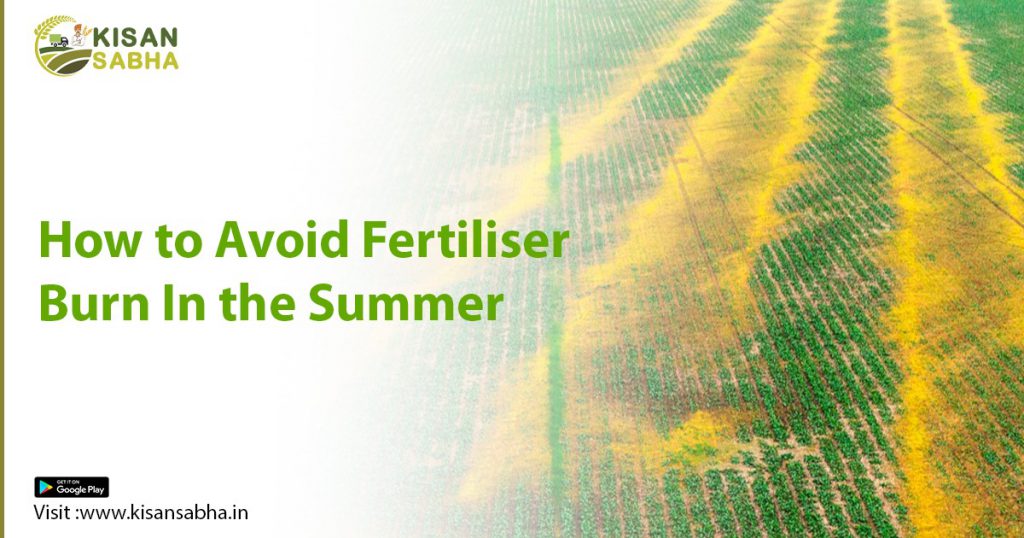It’s crucial for your company to keep beautiful, lush lawns, especially in the warm summer months when everyone wants to relax on their lawns. Regrettably, the summer heat can also stress turf and raise the risk of fertilizer-related lawn damage.
Knowing the differences between nitrogen sources before selecting a fertiliser for summer lawn will help you lower the risk of fertiliser burn.
fast-acting fertilisers
Fast-acting fertilisers for turfgrass show that nitrogen is readily available to the turf upon application. These fertilisers typically cost less but only last for two to four weeks after being used.
A fast-acting fertilizer’s advantages include immediate greening and rapid development, which, depending on the site, may meet the property owner’s expectations or be advantageous to overall aesthetics. The nutrients are available to the turf when dissolved in water, usually through irrigation during the hot summer months, and are based on water soluble nitrogen (WSN).
Fast-acting nitrogens have a higher salt index, which can cause heat-stressed turf to burn because they remove moisture from leaves or grass blades, which are already difficult to keep moist in hot weather.
After applying a fast-acting fertiliser, you should quickly irrigate the area to transport the nitrogen into the soil and away from the turf in order to prevent leaf burn.
Before applying rapid release fertilisers, examine the irrigation system for any coverage gaps to ensure the system will adequately water-in the product.
fertilisers with a slow release
Fertilisers with slowly accessible nitrogen sources are usually advised, particularly in the summer, to lessen the possibility of burn. These fertilisers frequently include:
- Poly- or sulfur-coated ureas
- Nitrogen that is insoluble in water
- Organic fertilisers
Since controlled-release products provide the nitrogen sources, noticeable effects on growth and greening will take longer. It will be helpful to set expectations for the fertilizer’s performance and explain the distinction between slow and quick-release fertilizers to the property owner.
All controlled release nitrogen fertilisers are not slow-release fertilisers. The majority of goods have a combination of quick and slow sources of nitrogen, ensuring a compromise between immediate colouring and decreased burn while extending product life.
Since the product get controlled, slow-release fertilisers may cost less per application even if they are normally more expensive per bag.
Since the product get controlled, slow-release fertilisers may cost less per application even if they are normally more expensive per bag.
After applying fertiliser, don’t forget to “water in” the fertiliser.
It is nevertheless advised to adequately irrigate the turf after applying slow-release fertilisers, even though the risk of burn is then reduced. Regardless of the rate of release, inspecting the irrigation system is advantageous for all fertiliser applications.
Understanding and selecting the proper fertiliser for your site is essential, and knowing where the nitrogen in the fertiliser comes from will help you and your customer get better results.
Lowering the risk of fertiliser burn
Additionally crucial all year long is preventing fertiliser burn. Overfertilizing can result in fertiliser burn, along with unhealthy plants and environmental factors that might make it difficult for plants to process nutrients.
It is best to abide by the following guidelines to reduce the danger of fertiliser burns:
- Recognise the sources of nitrogen in the fertiliser
- Always follow the application instructions on the label to properly apply the product.
- In your application, be precise. Weigh the substance, gauge your spreader accurately, and measure the application area.
- For the turf type in your yard, adjust the height of your mow.
- When feasible, use a fertiliser with a delayed release.
- By adhering to these recommendations, you may reduce the risk of fertiliser burn and maintain the excellent appearance of your clients’ lawn all year long.
Visit us – www.kisansabha.in for more details !!!




